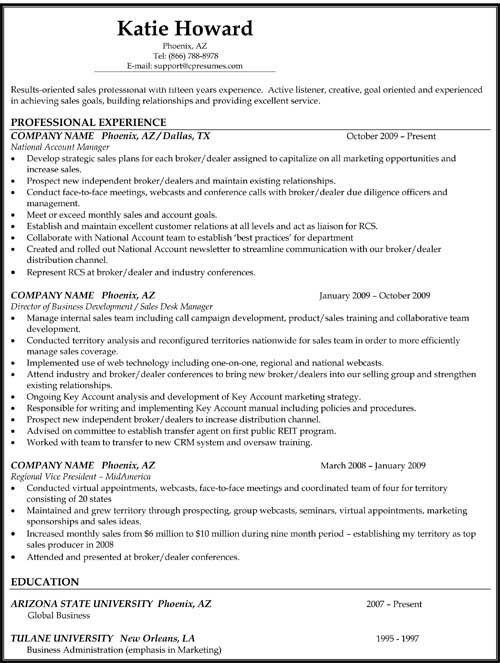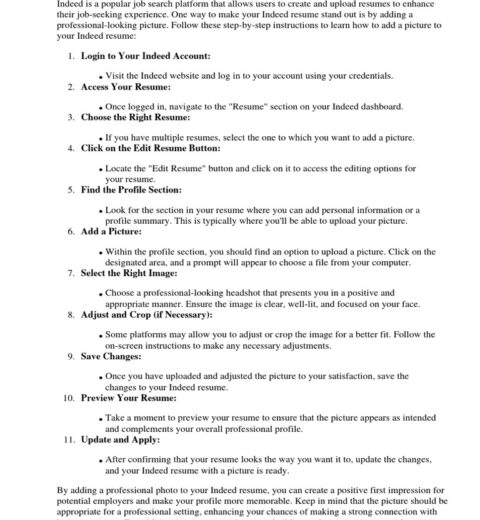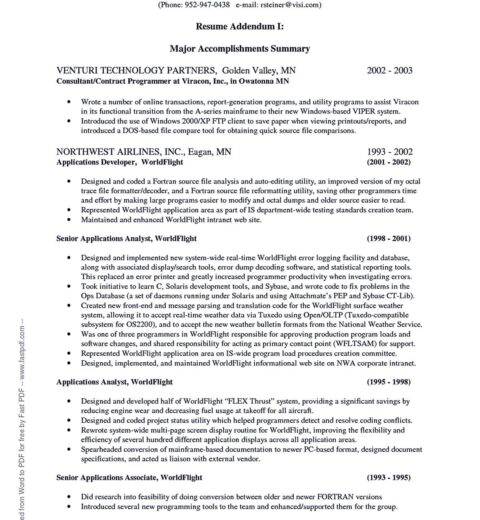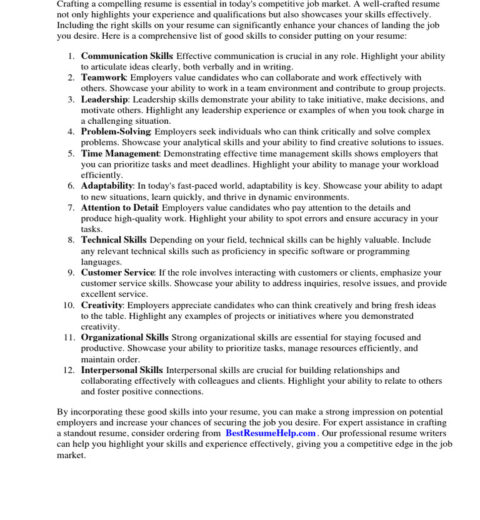In the realm of job applications, a resume serves as a pivotal tool for personal branding and professional representation. Yet, a perplexing question arises: how many years of experience should one include? This inquiry is not merely a matter of arithmetic but rather entails a nuanced understanding of how experiences shape a candidate’s narrative. It demands introspection and strategic foresight, as the choices made in this aspect can directly influence the impression one creates in the minds of potential employers.
Traditionally, many individuals adhere to the rule of including the most recent 10 to 15 years of professional history. However, this guideline often overlooks the subtleties of various circumstances. A resume is not merely a chronology of work history; it is a carefully curated tapestry that underscores one’s aspirations and competencies. Hence, determining the optimal span of experience to present mandates contemplation of several factors including industry norms, career trajectory, and specific job requirements.
Firstly, industry standards significantly affect what is deemed appropriate in the realm of experience showcased. Certain sectors, such as technology or finance, evolve at a blistering pace, rendering older experiences somewhat obsolete. Here, a focus on recent accomplishments and skill enhancements makes more sense than dwelling on roles from decades ago. Conversely, fields such as education or healthcare may value extensive experience more highly, suggesting that earlier roles may still hold relevance to reflect longevity and expertise.
Moreover, considering career trajectory plays a crucial role in this decision. For individuals who have undergone linear career progression—where each role builds wisely upon previous ones—the inclusion of a broader time frame can provide a clearer picture of one’s professional evolution. This continuum showcases an individual’s growth and sustained commitment to their field, enhancing perception of their expertise. Alternatively, those who have experienced significant pivot points—be it a change in industry, role, or function—may find it prudent to emphasize only the most relevant years of experience, eliminating seemingly disparate roles from the narrative.
Equally important is the specific job for which one is applying. An astute candidate will tailor their resume to resonate with the listed qualifications and responsibilities of the position. For instance, if a particular job demands specific certifications or technical skills, it is imperative to prioritize experiences where these were acquired or utilized, irrespective of whether those roles are beyond the conventional 10- to 15-year benchmark. In this pursuit, a selective approach is not only encouraged but essential.
Furthermore, the advent of the digital era has revolutionized how we perceive experience and accomplishments. The rise of freelancing, gig economies, and short-term contracts complicates traditional timelines. Freelancers or independent contractors may possess a plethora of skills and projects that don’t fit neatly within a standard resume length. In such cases, detailing project work or relevant skills over a lesser time span can indeed amplify value. This highlights adaptability and a breadth of expertise unprecedented in earlier professional landscapes.
Suffice it to say, encompassing one’s experiences in a resume becomes an exercise in curation and selective emphasis. A retrospective analysis is warranted, ensuring each included role fortifies the story you wish to convey to potential employers. As the competition grows fiercer, a more tailored approach thereby takes precedence.
Nevertheless, certain pitfalls warrant caution during this process. One common error is overly focusing on quantity rather than quality. Highlighting numerous roles without emphasizing the competencies garnered may portray indecision or lack of focus. The objective should remain clear: to manifest confidence in one’s relevance and capacity rather than merely amassing years. Additionally, excessive embellishment or an attempt to disguise gaps in employment can backfire. Transparency often resonates more effectively than artifice, as integrity is a coveted trait in potential employees.
Another consideration lies in the context of career changes. If transitioning from one industry to another, it might be beneficial to include experiences from previous careers, but only to the extent that they are applicable to the new domain. For example, a management role in retail can possess transferable skills like leadership and customer service, despite bearing little resemblance to a position in marketing analytics. Thus, even older experiences can hold value in crafting a coherent professional narrative when strategically aligned.
Interestingly, the question also encompasses an understanding of one’s own value proposition. Candidates must introspectively assess their true worth and acknowledge their unique narrative. By doing so, the decision regarding the range of experience to include becomes less daunting and more intuitive. Instead of fretting over the passage of time, focus on what you have garnered from each experience and how they contribute to a holistic professional identity.
In summary, while the conventional wisdom regarding resume length serves as a useful guideline, there exists an imperative to think critically about individual circumstances. Evaluating industry standards, career trajectory, job-specific requirements, and instilling clarity through strategic curation of experiences can profoundly enhance the overall impact of a resume. With a nuanced comprehension of these dynamics, candidates can transcend the banalities of conventional wisdom—paving a path toward more compelling representations of their professional selves. The art of resume crafting ultimately lies within the balance between inclusion and precision, encapsulating the essence of one’s career in an eloquent, succinct manner.




